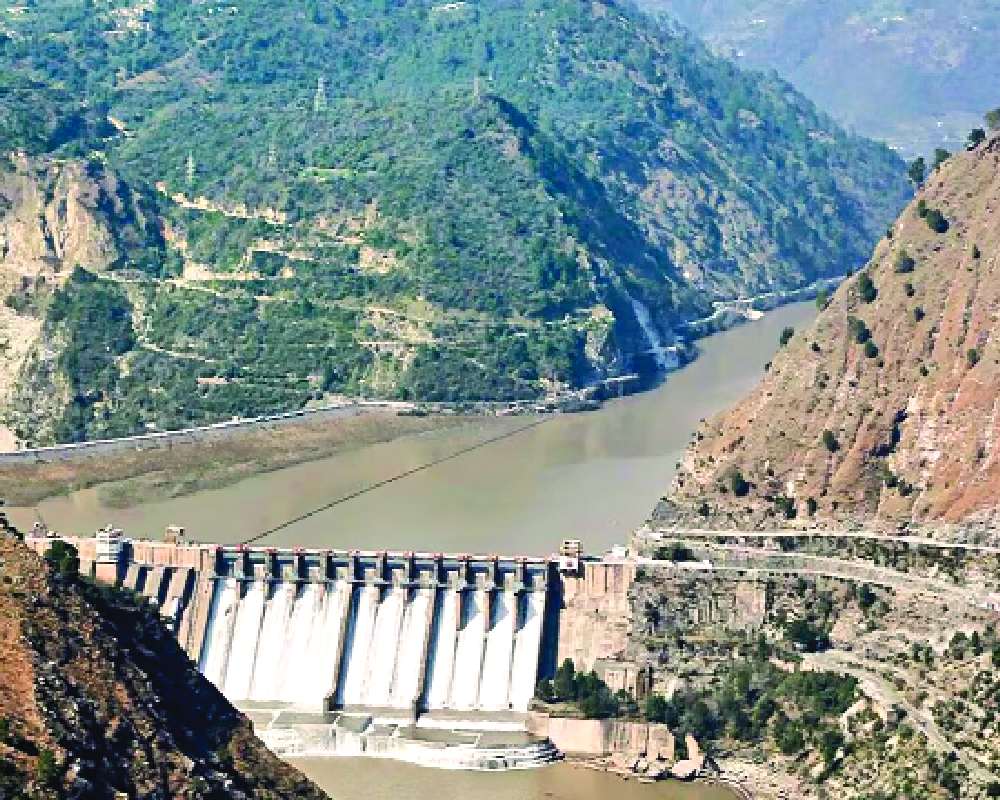When India and Pakistan signed the Indus Waters Treaty in 1960, brokered by the World Bank and hailed internationally as a model of co-operation, it seemed a rare moment of stability in an otherwise fraught relationship. Yet even as Prime Minister Jawaharlal Nehru extended his hand toward reconciliation with Pakistan, a more ominous challenge was quietly taking shape to the north-a China-Pakistan axis that would soon alter the strategic landscape of South Asia.
A new book, Trial By Water: Indus Basin and India-Pakistan Relations by Uttam Sinha, brings out how, as the Indus Waters Treaty was being negotiated, Mao Zedong was already casting his eye on a strategic relationship with Pakistan. What Nehru hoped would be a step toward peace with one neighbour coincided with the forging of an alliance between his two most difficult adversaries.
The seeds of this two-front challenge were sown in the 1950s. After occupying Tibet in 1950, Mao had set his eyes on Aksai Chin, a desolate but strategically crucial high-altitude desert of Ladakh. By the mid-1950s, China had built a road through the region, linking Xinjiang to Tibet. Nehru, downplaying its importance, told Parliament in 1959 that the area had “not a blade of grass,” a remark that would haunt India after China consolidated its grip during the 1962 war. Behind Mao’s rhetoric of Asian solidarity, his ambitions were calculated and expansionist. When he met Nehru in 1954, Mao charmed the Indian leader with talk of shared struggles against Western imperialism. He spoke of peace, dismissed war as unprofitable, and even recited poetry at their farewell. But beneath the gestures lay a grand design. For Mao, rivers, mountains, and barren expanses were not empty landscapes; they were strategic levers. Control over the headwaters of the Indus in Tibet and Aksai Chin gave China the ability to influence lifelines that sustained millions downstream.
Even as Indian engineers were engaged in delicate negotiations with Pakistan over the Indus river system, China was tightening its grip over these contested territories. The Indus, beginning from Tibet’s sacred Mount Kailash, passes through Aksai Chin before reaching Ladakh and eventually flowing into Pakistan. With the occupation of Aksai Chin and later the Shaksgam Valley ceded by Pakistan in 1963, China was steadily positioning itself as a decisive player in Kashmir’s strategic geography.
The betrayal became clear as Pakistan and China moved closer in the late 1950s and early 1960s. While Nehru defended the Indus Waters Treaty as a step toward peace with Pakistan, Islamabad was quietly negotiating with Beijing to define their common border. In 1963, Pakistan handed over 5,180 square kilometres of the Shaksgam Valley to China, giving Beijing a foothold in Gilgit-Baltistan and cementing the foundation of a long-term strategic partnership.
India’s protests went unheeded. An official note to China in 1962 asserted India’s sovereignty over the entire state of Jammu and Kashmir, but by then, the ground reality had shifted. As New Delhi placed its faith in diplomacy and restraint, Beijing and Islamabad were forging an alliance that would eventually confront India on two fronts-militarily in wars and diplomatically in global forums.
The story of the Indus Waters Treaty, often celebrated as a triumph of co-operation, thus hides a parallel story of strategic miscalculation. As Nehru sought peace with Pakistan through water-sharing, Mao was setting
the stage for a partnership with Islamabad that would redefine South Asia’s security equation. The real trial was not in the Indus waters alone, but in the dangerous alignment of two
neighbours-an axis that continues to test India to this day.
